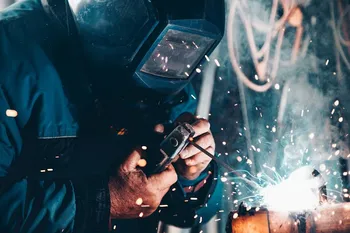Water/steam electrolysis, when coupled with renewables bears the potential of enabling the decarbonisation of hard-to-abate industrial sectors via the introduction of renewable hydrogen. Steam electrolysis technologies such as solid oxide electrolysers (SOELs) and proton conducting ceramic electrolysers (PCCEL) operate at high temperatures and therefore yield high efficiencies.
However, the cost of hydrogen production via electrolysis remains higher than those of other routes, such as steam methane reforming. Therefore, it is paramount that the lifetime and energy densities are maximised and the system integration with BoP components is improved to bring both the CAPEX and the OPEX down, thus resulting in more affordable renewable hydrogen costs for the end-users.
The degradation mechanisms, from which high temperature electrolysers suffer, are mainly tied to the material in their stack such as the electrolyte, electrodes, interconnects, and seals, depending on operation temperature, pressure and thermal cycling; but they can also be related to their surroundings including balance of plant (BoP) components, for instance, and load variation and fluctuation upon connection with the external grid.
Therefore, project results are expected to contribute to the following expected outcomes:
- Improvements to already conceptualised novel materials including electrocatalysts, electrodes, metallic interconnects, coatings, and seals enabling increased lifetime to the ensemble of



